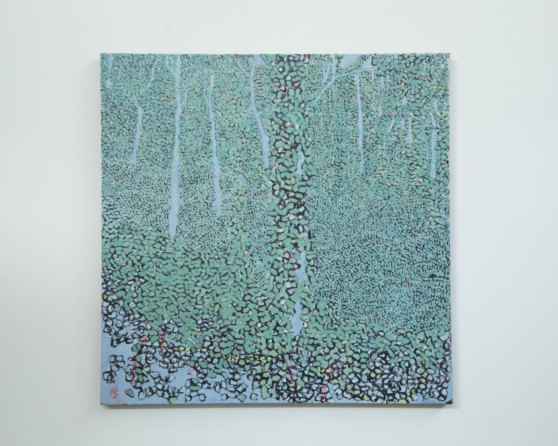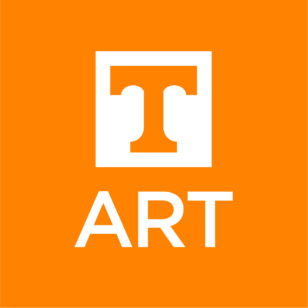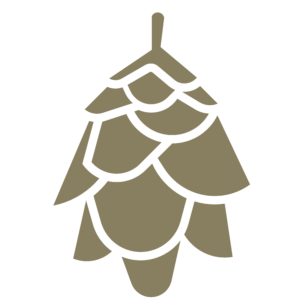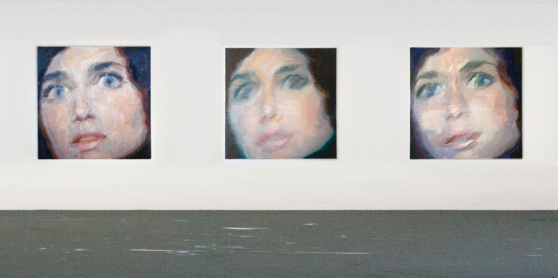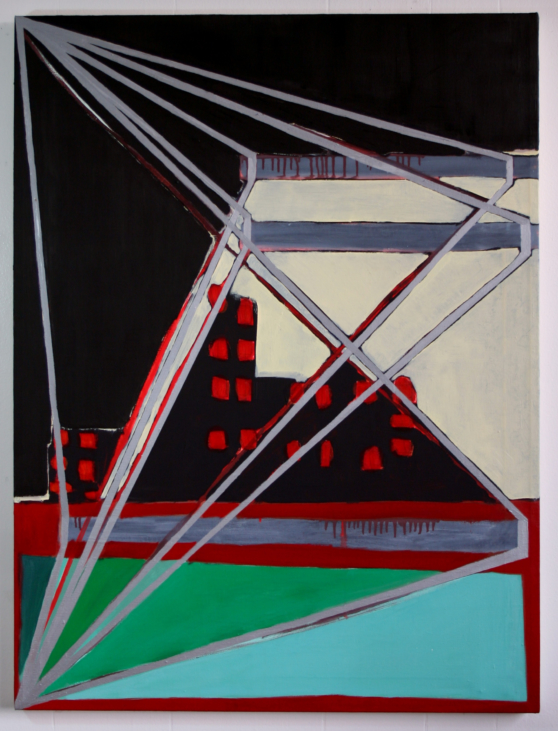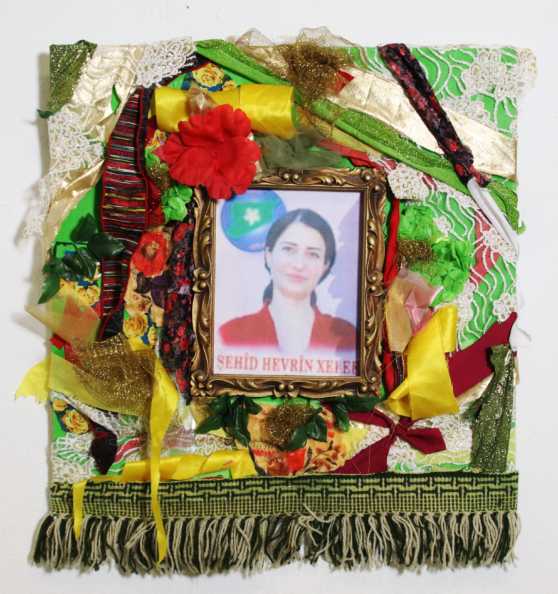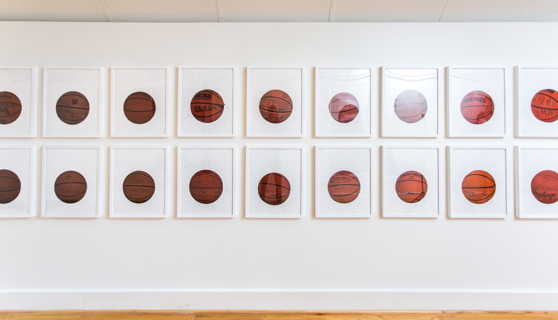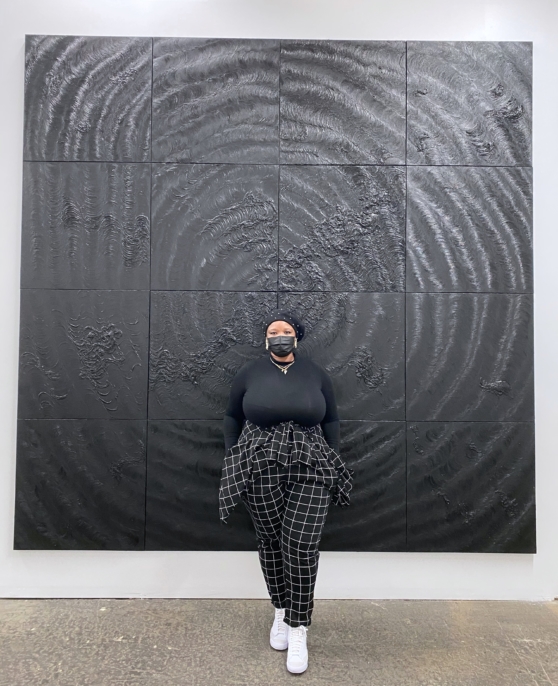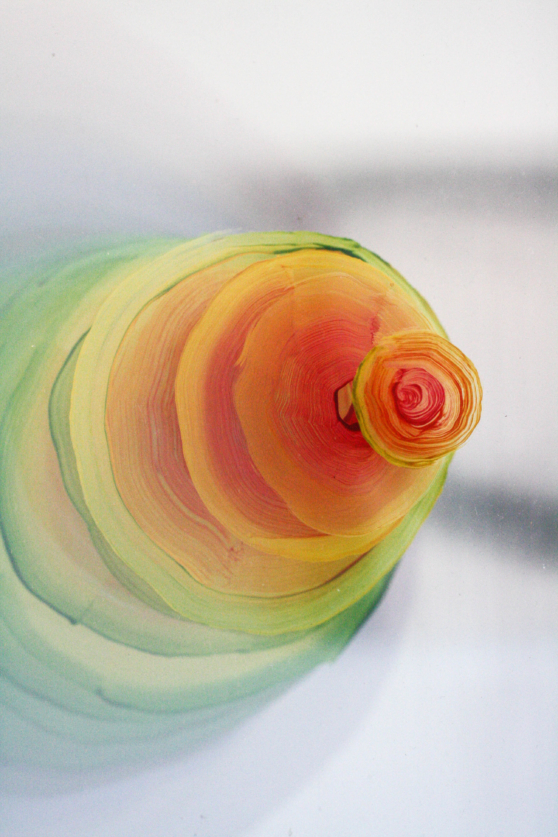Rachel Bubis: You describe your work as having “a strong connection to the bold color fields found in 17th century Japanese folding screens," and "the fluid brushwork of the 19th century ink painter Uragami Gyokudō.” What draws you to Japanese art and culture? Jeffrey Morton: I lived and worked in Sendai, Japan (about 250 miles northeast of Tokyo) during my 20s; it was in the mid-1980’s and I taught English as a Second Language (ESL) to college students and businesspeople. Even wi...
Read more >THE FOCUS
Rachel Bubis: Your work examines sinister social forces seen through the lens of “unreliable” female protagonists in culture - anti-heroines such as Martha Mitchell, the wife of Nixon’s attorney general, Rosemary, from Rosemary’s Baby, Typhoid Mary, and most recently, Suzanne Pleshette's character in an early episode of Columbo. What draws you to these figures? When did this interest begin? Morgan Ogilvie: Moving to Los Angeles county in 2018 to attend the MFA program in painting at CalArts amplified my interest...
Read more >Rachel Bubis: Much of your work explores occult imagery. Have you experienced anything supernatural? Has a spirit ever approached you when sewing beads onto a Ouija board (Ie: Ectoplasm (2015)? Nick DeFord: Even though I am fascinated by the supernatural and unknown, I (sadly) have never had an unexplainable experience. I want to! I have had uncanny things happen to me, but the truth is that I am pretty skeptical of finding supernatural answers to phenomena we can't explain. It seems...
Read more >Rachel Bubis: Your work combines text into a visual language. Can you talk more about your process in translating text/words to color, line and paint? Do you find a passage or a line and directly work from there? Can you give an example? Also, are these expressed in the titles of the work? For example: She wove during the day the sadness. Michael Giles: The process begins with the overall text on a page. As I read a book,...
Read more >Rachel Bubis: Through language, imagery and subject, the act of protest is a big part of your work. Have the events of the past year affected your perspective or practice? Nuveen Barwari: Unfortunately, not much has changed. The only thing that I think has changed a little is the fact that a lot of us have been thinking harder about where and how we can contribute best and that doesn’t necessarily always have to be through the arts. Just be...
Read more >Rachel Bubis: In your current body of work, you explain that collecting is part of your practice. Have you always collected stuff? If so, what are some examples of your collections? Where does this desire come from, to keep hold of things? Thomas Sturgill: I collected baseball cards and whatnot, as a kid, but I think my main influence is that I grew up on family land in a house that contained multiple generations worth of stuff in it. Random...
Read more >Hanna Seggerman: How have your childhood memories and experiences, like spending time in your aunt’s salon, influenced your artmaking practice? Ashanté Kindle: When I think about my childhood memories in relation to hair, there are so many experiences that have allowed me to develop a true love for the important role hair plays in my identity. Hair has always been a way of connecting with those I love. I also always saw hair as a form of expression and cre...
Read more >Duncan McDaniel, Spectral Vortex, 2021, 35”x 20”x 24”, acrylic on acrylic Hanna Seggerman: Color appears to be a very important element of your practice. How do you select your palette? Duncan McDaniel: You're right! Color is extraordinarily important in my work. I start off with a loose color palette to work from, but then I instinctively lay down different colors of paint as each color choice informs the next. As the piece develops, the color choices can drastically change. Certain colors take on lov...
Read more >